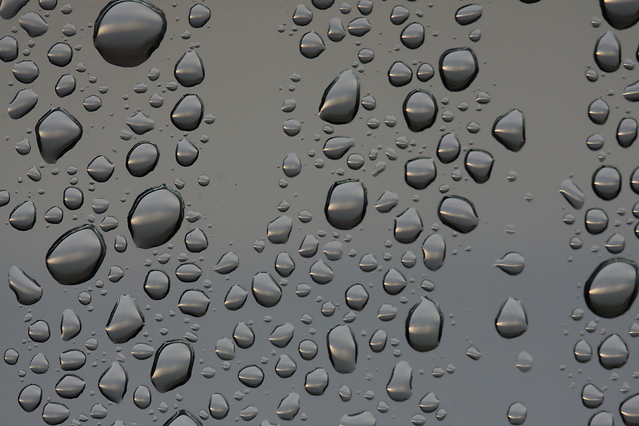If you’ve noticed condensation or moisture building up on the inside of your windows, you might be wondering what it means and whether it’s something to worry about. While it may seem like a minor inconvenience at first, persistent moisture buildup can indicate underlying issues in your home that should be addressed.
In this blog post, we’ll explore the causes of window condensation, the potential problems it can lead to, and what steps you can take to fix the issue.
What Causes Moisture Build-Up on Windows?
Moisture buildup on the inside of your windows is typically the result of condensation. Condensation occurs when warm, humid air comes into contact with a cool surface—in this case, your window glass. When the warm air meets the cold window, the water vapor in the air cools and condenses into liquid form, creating the foggy or wet appearance on your windows.
Several factors contribute to indoor window condensation:
- High Indoor Humidity: If the humidity levels inside your home are high, you’re more likely to see condensation on your windows, especially during colder months when the windows are cooler.
- Poor Ventilation: Homes with inadequate ventilation trap moisture inside, causing the humidity levels to rise. Kitchens, bathrooms, and laundry rooms are especially prone to this, as daily activities like cooking, showering, and washing clothes release moisture into the air.
- Temperature Differences: When the temperature inside your home is much warmer than the temperature outside, your windows can become cold enough to trigger condensation.
- Window Condition: Older, single-pane windows or windows with failed seals may struggle to maintain the correct internal temperature, making them more prone to condensation.
Is Condensation on Windows a Bad Sign?
While occasional condensation on your windows isn’t always a cause for concern, persistent moisture buildup can signal potential problems in your home:
- Moisture Damage: Constant moisture can lead to more than just foggy windows. Over time, excess moisture can cause damage to window frames, especially if they’re made of wood. You may begin to notice peeling paint, rot, or mold growth, which can lead to expensive repairs.
- Mold and Mildew: One of the most significant risks of condensation is the development of mold and mildew. Mold thrives in damp environments, and the moisture on your windows can provide the perfect conditions for it to grow. Mold growth can pose health risks, especially for people with respiratory issues, allergies, or asthma.
- Energy Efficiency Issues: If you’re noticing condensation between the panes of double- or triple-pane windows, this may indicate that the insulating seal of your window has failed. This reduces the energy efficiency of the window, leading to drafts and higher heating and cooling costs.
How to Reduce Moisture Buildup on Windows
If you’re seeing frequent condensation on your windows, it’s important to take steps to address the issue before it leads to larger problems. Here are some effective ways to reduce moisture buildup:
- Improve Ventilation: Increasing airflow in your home can help lower indoor humidity levels. Use exhaust fans in kitchens and bathrooms while cooking or showering, and consider opening windows for short periods to allow fresh air to circulate.
- Use a Dehumidifier: A dehumidifier can help remove excess moisture from the air, especially in rooms that tend to accumulate more humidity. Keeping indoor humidity levels below 50% can help prevent condensation.
- Check Your Windows: Inspect your windows to make sure they’re in good condition. If you have older single-pane windows or windows with damaged seals, consider upgrading to double- or triple-pane windows with low-e coatings for better insulation.
- Temperature Control: Try to maintain a consistent indoor temperature to reduce temperature differences between the inside and outside of your home. Installing storm windows or thermal curtains can also help insulate your windows and prevent them from getting too cold.
- Keep Window Frames Dry: Wipe away any moisture on your windows and frames regularly to prevent mold growth and damage to the frame materials.
Conclusion
Moisture buildup on the inside of your windows is usually a sign of condensation, which can be caused by high humidity, poor ventilation, and temperature differences. While occasional condensation isn’t always a problem, persistent moisture can lead to window damage, mold growth, and energy inefficiency. By addressing the root causes of condensation—such as reducing indoor humidity and improving ventilation—you can help protect your home from the potential hazards associated with moisture buildup on windows.


